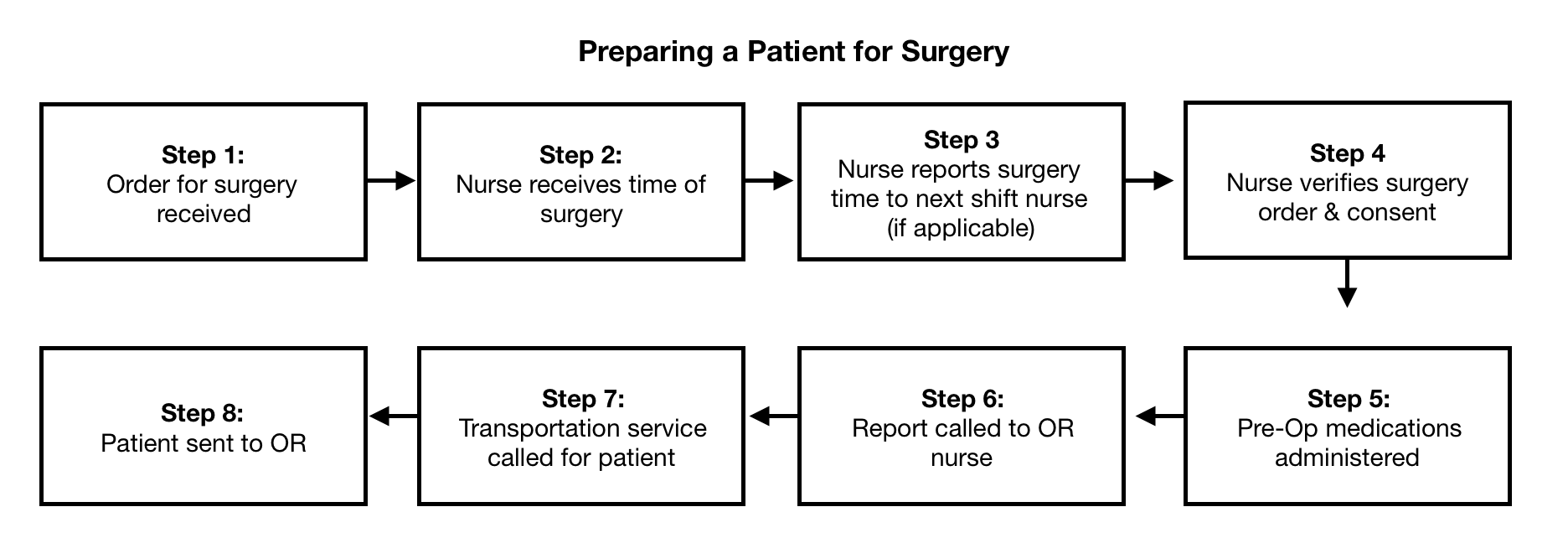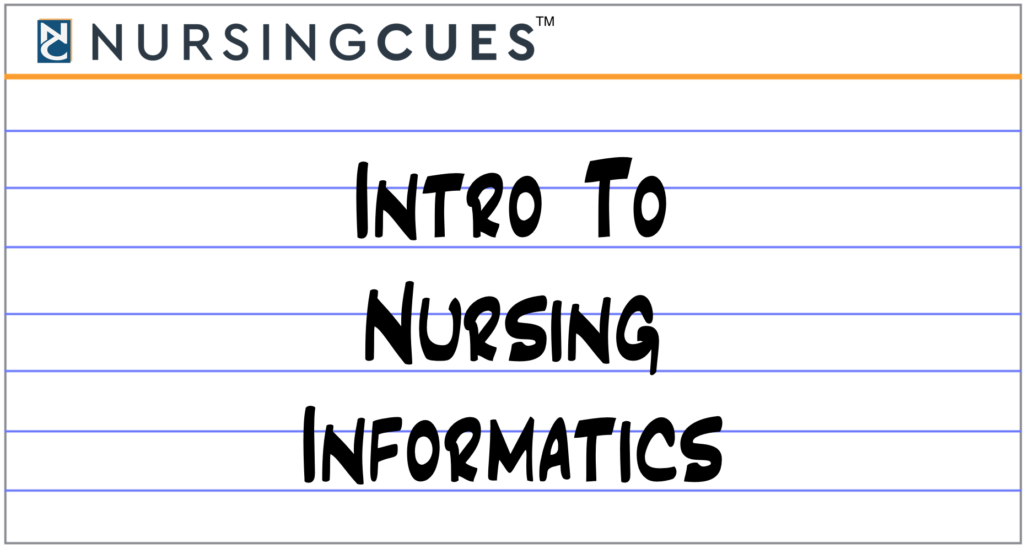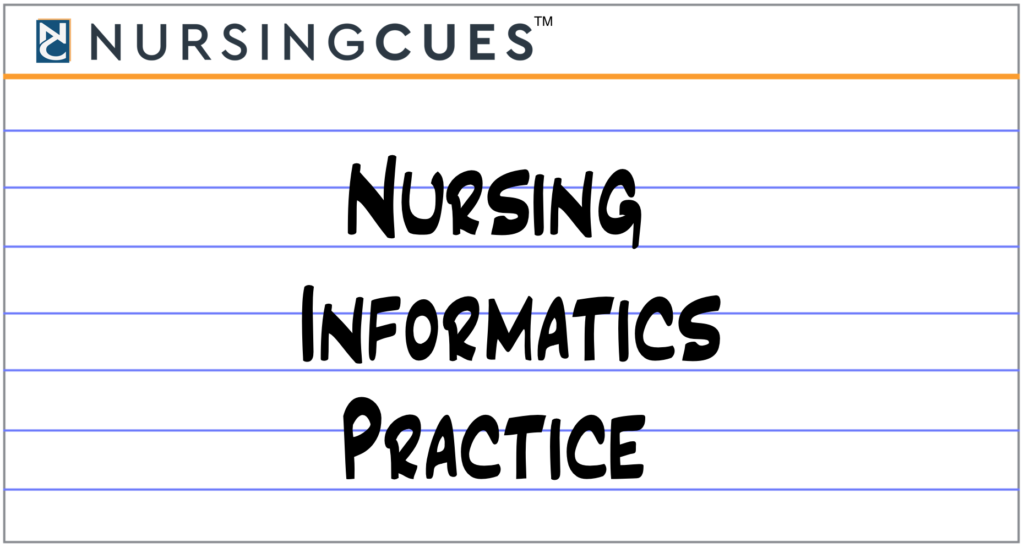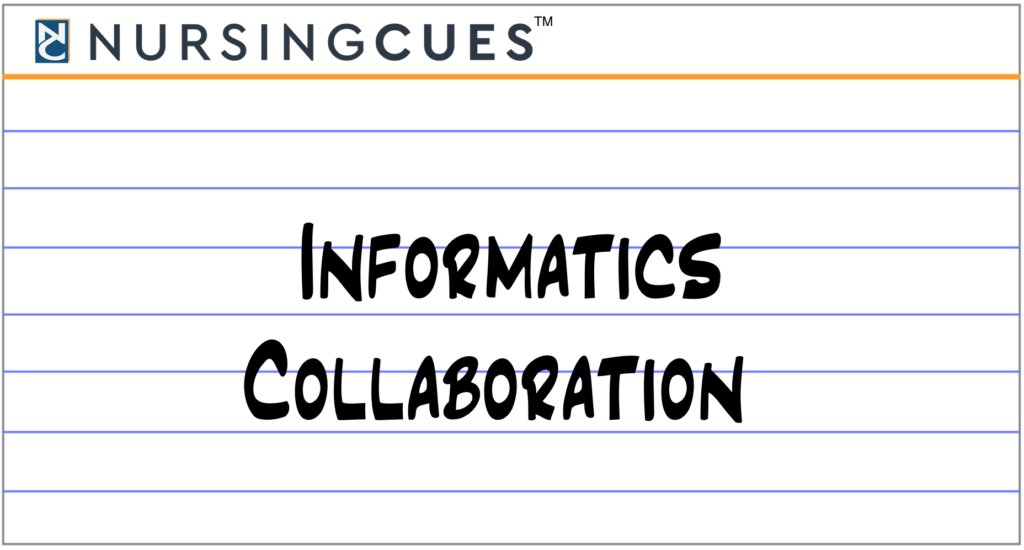Effectively communicating nursing needs to the IT Department can save a lot of time and frustration when planning a new project. As nurses, we recognize that we must tailor our education to meet the needs of patients. Why not apply the same principle when communicating with the IT Department? When nurses can clearly communicate the current process of how tasks are done, it facilitates IT’s ability to create technical solutions that can improve the overall nursing workflow. It also helps the project team stay on the same page and speak the same language. The following tips can help prepare yourself to effectively communicate nursing needs to IT at your next project planning meeting.
1. Review Your Current Process
Reviewing the current process that is expected to change is a great place to start. Imagine yourself on your unit or clinic and walk through the process from beginning to end. Then write down each step of the process. This can be as detailed as you wish but keep in mind it is meant to serve as a launching point to spark discussion with the project team. When you do this, you are evaluating your current nursing workflow which is the process that nurses need to finish a given task.
Writing these steps from the nursing perspective is critical to the project development process. It also helps identify obstacles that may be encountered. This preparation organizes your thoughts and can help make your meeting time with IT more productive. A process review may look like this:
Step 2: Nurse receives time of surgery
Step 3: Nurse reports surgery time to next shift nurse (if applicable)
Step 4: Nurse verifies surgery order and patient consent
Step 6: Report called to OR nurse
Step 7: Transportation service called for patient
Step 8: Patient sent to OR
2. Draw Pictures
A picture is worth a thousand words. Drawing a map or diagram of the process may be easier to do than writing it in narrative form. The pictures do not have to be elaborate or pretty, they just need to show your overall process and ideas to accomplish the goal.
 3. Think of your ideal situation first
3. Think of your ideal situation first
Identifying obstacles early in the process is extremely helpful because it gives you time to develop strategies to overcome them (and prevent later headaches). However, it is easy to get side-tracked and begin focusing on the “what if the nurse does this…” or “what if the patient has this issue…” Identifying these items are extremely valuable, but if you focus on these scenarios too early, your process review can quickly get overwhelming.
Instead, think of your ideal situation first and work through that process to achieve the goal. Once that is completed, go back and introduce the “what ifs” and work through them systematically. This strategy can help you stay on track and make developing your project more manageable.
4. Clarify and confirm
To keep the IT and nursing side on the same page, it is helpful to CLARIFY and CONFIRM often when discussing the nursing workflow. Although the two sides have one shared common goal, the language and approach used to meet the same goal are very different. Take the time to confirm that both sides understand key concepts and clarify when it is needed. IT jargon and nursing terminology can mean different things to the involved disciplines. Taking the time to ensure you are on the same page is time well spent. Briefly summarizing points following meetings, documenting summaries over email, and ensuring that meeting minutes are readily available provides a solid foundation for a productive relationship.
5. Share the nursing experience and perspective
Sharing specific examples of how you see the project impacting patient care can give context to process discussions. It is easy to get entrenched in the constant hustle and bustle of technical problem-solving during these meetings. However, providing real-world examples and highlighting the human condition at one or two points during a process evaluation meeting can keep the team focus on actual patients and nurses instead of it solely being on technical components.
FINAL THOUGHTS
You are the nurse expert in these situations and your thoughts, opinions, and insights are key to project success. By taking the time to prepare yourself and look at current processes objectively, your ability to concisely speak and convey thoughts can really jump-start your project. Good luck and I wish you well as you set out and continue to assist nurses in their work for patients!






